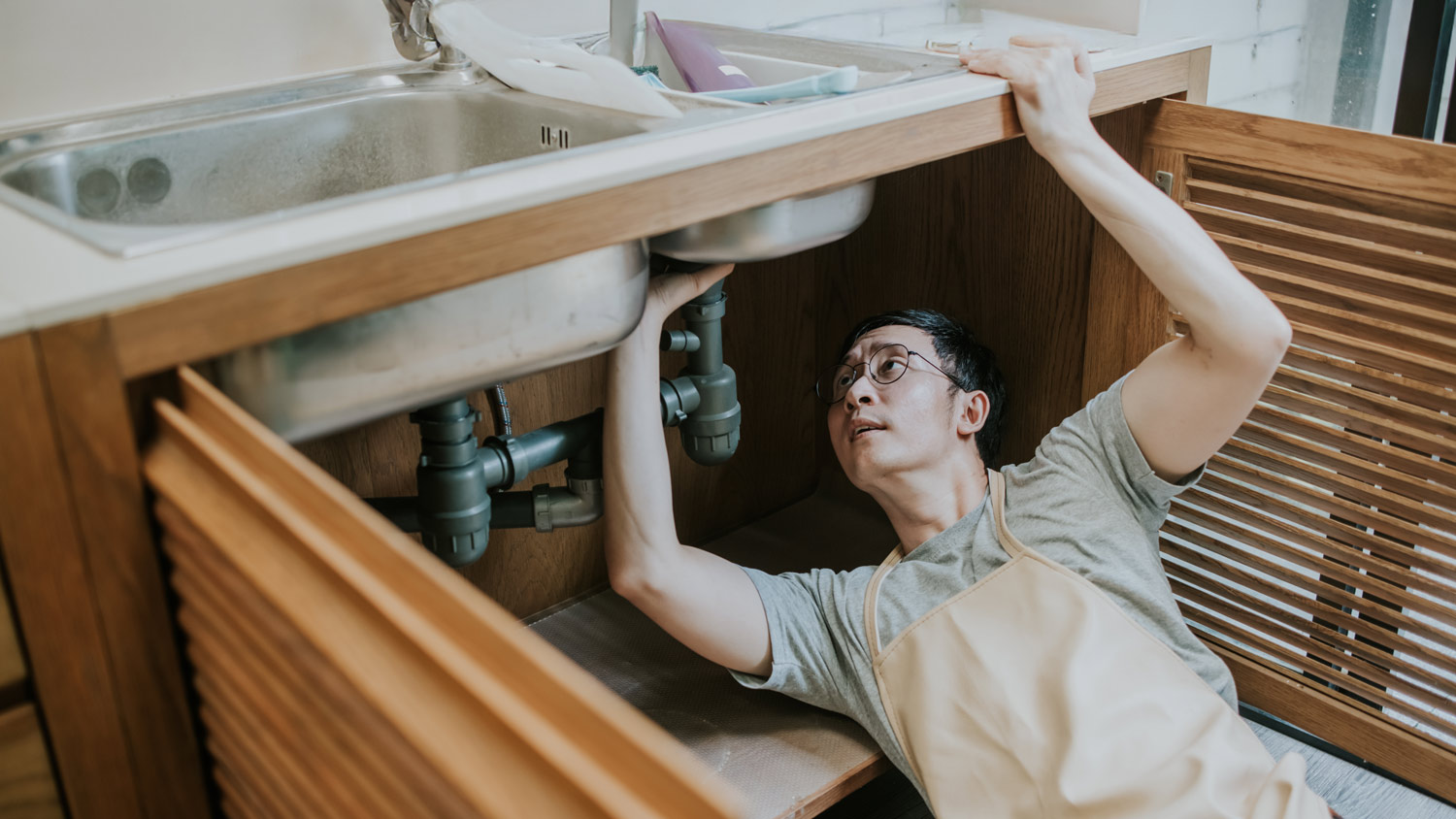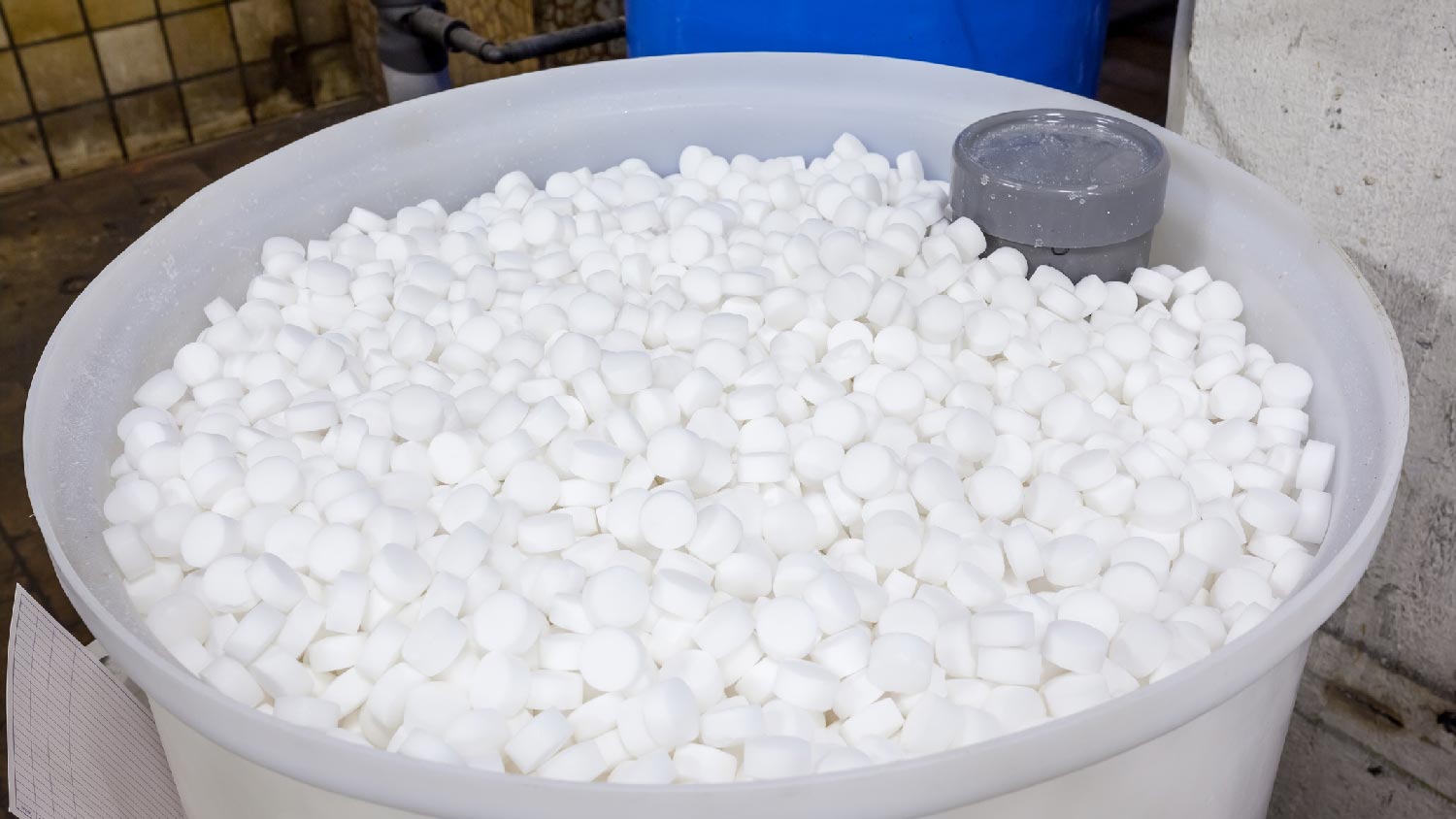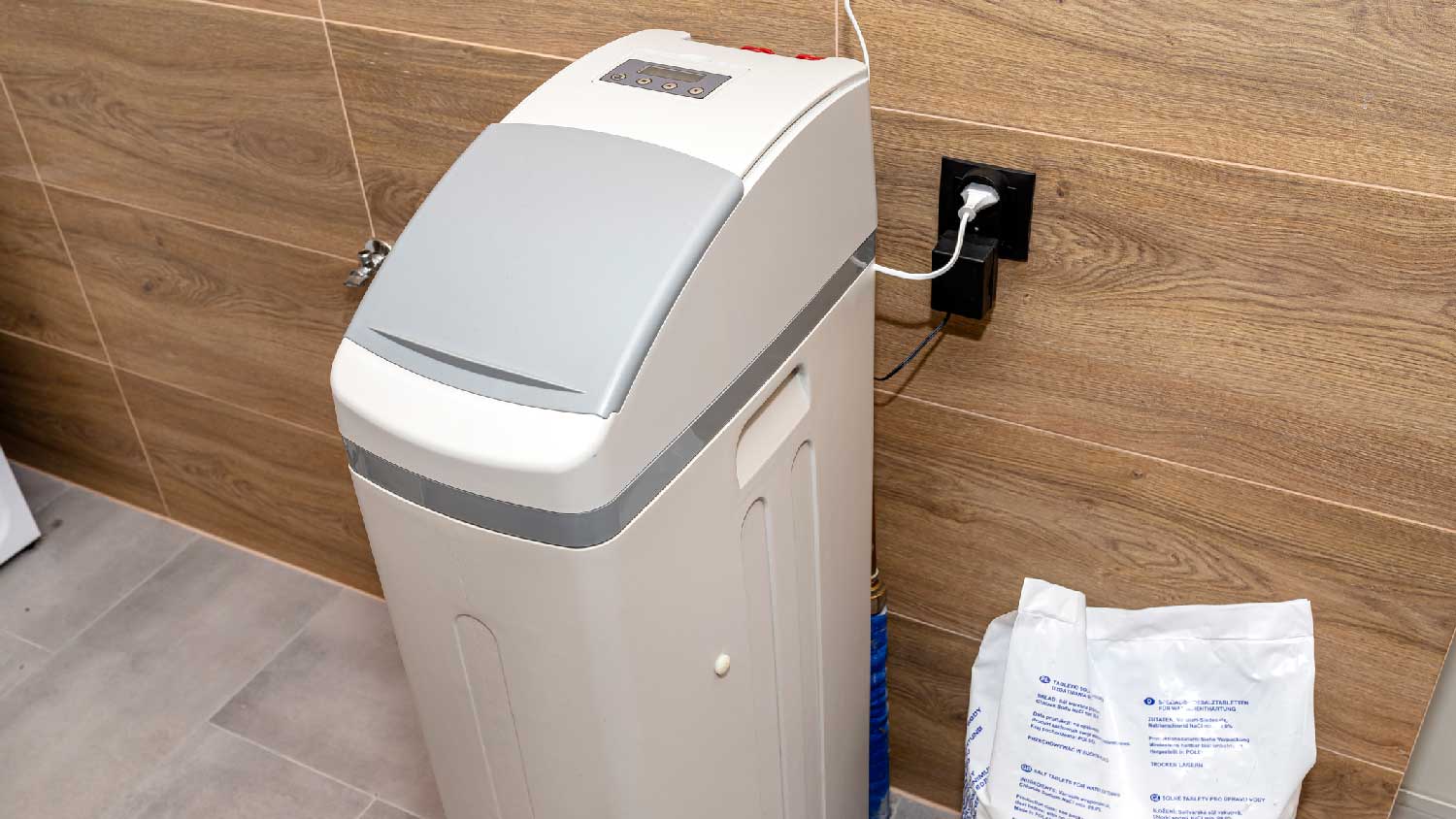4 Clogged Water Softener Reasons and How to Fix Them
Soft water solutions actually aren't too hard
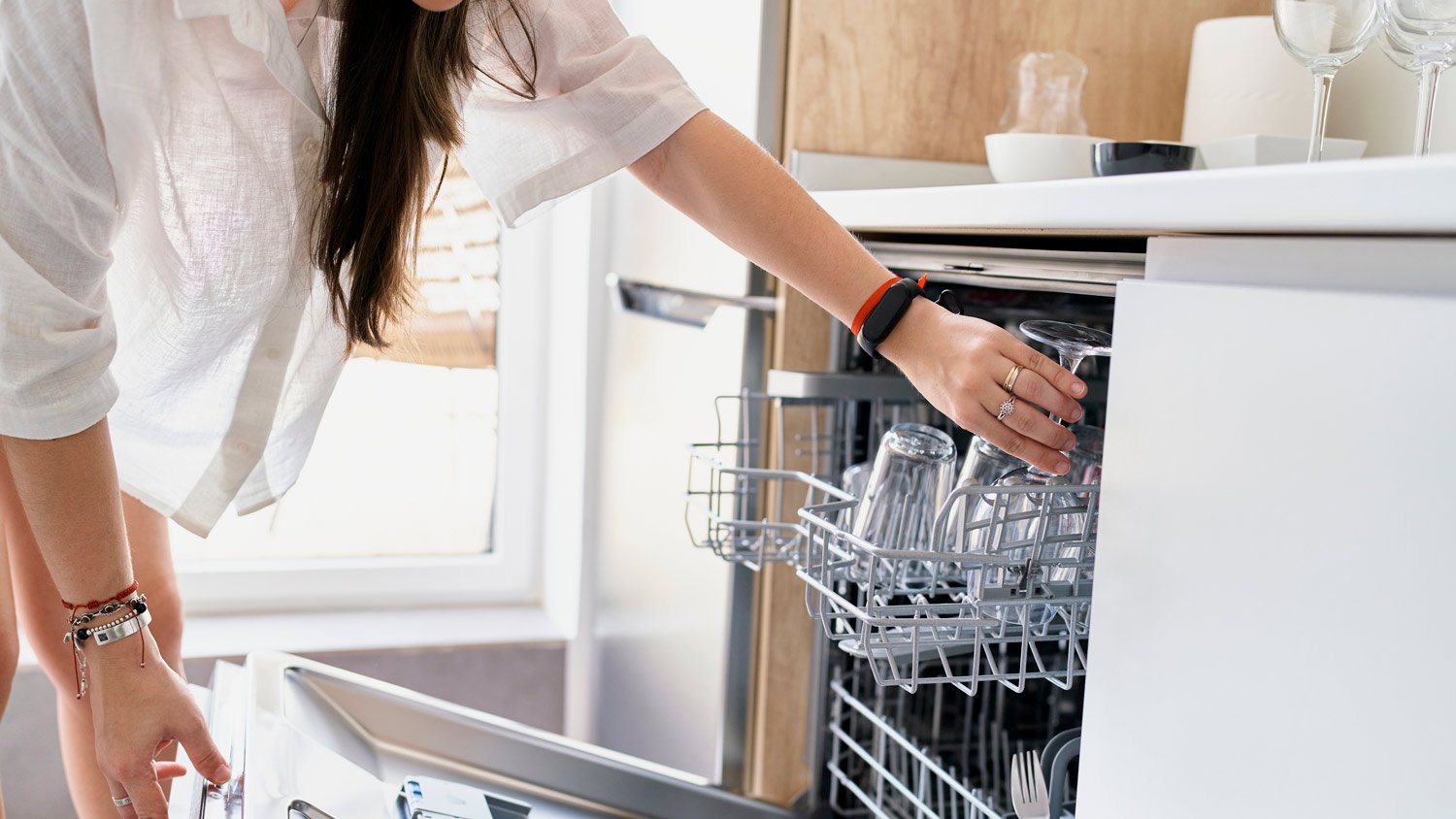

Most water softener clogs don't reflect an overall system problem.
Water softener clogs come in various types.
A clog that disrupts water flow can reduce the system's efficiency and your home's water pressure.
Water softener repairs cost between $160 and $975.
The most common clogged water softener problems are straightforward to fix. The trick is determining the nature of your water softener problem. While having a leaky water softener can mean that repairs are necessary, a clogged water softener is easier to handle. Here are four common clogged water softener issues and what you can do about them.
1. Salt Bridge in the Brine Tank
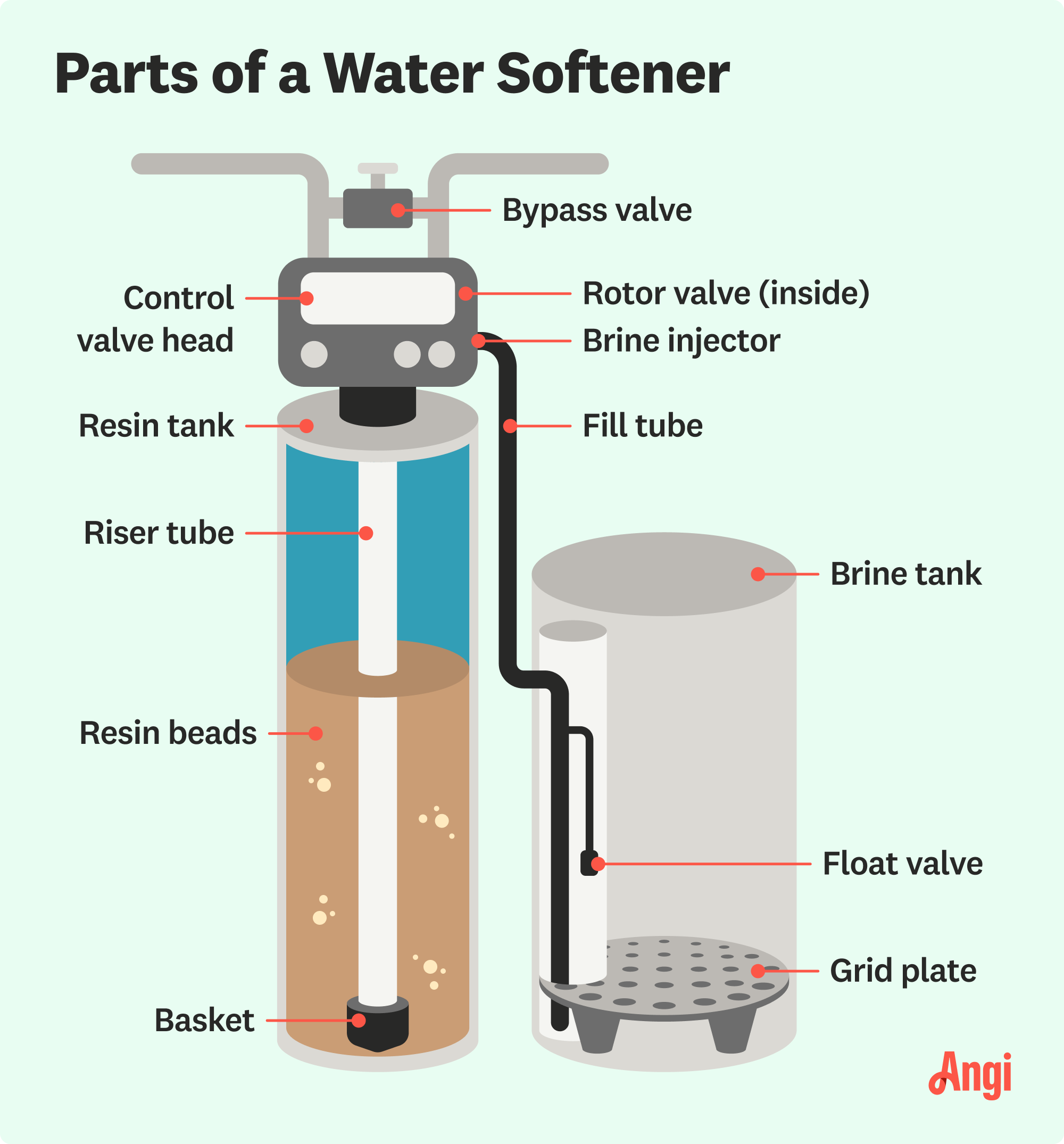
If you begin to notice spots on your silverware and glassware, despite the fact that your home has a water-softening system, the system isn't working as it should. The most common reason, other than maintenance, that homeowners engage with their water softeners is when there's a salt bridge in the brine tank that's causing reduced system functioning.
Having a salt bridge in your water softener's brine tank is a common experience that's relatively easy to fix. A salt bridge is simply a layer of solidified salt in the brine tank that's higher than the tank's water level. Because of a lack of contact with the brine water, the bridge can't dissolve, leaving behind a solid structure.
How to Fix It
To fix the situation, scoop out any loose salt from the brine tank, break up the bridge with a broom handle or similar device, and throw out the large chunks of salt. Refill the tank with new salt to the manufacturer's specifications and restart the system.
2. Clogged Resin Tank
There are a couple of tell-tale signs to suggest that your water softener's resin tank is clogged. If there’s a clog, your tap water is not receiving sufficient treatment as it passes through the system. This is because the resin tank isn't regenerating often enough or well enough. Symptoms of a clogged resin tank include lower water pressure and hard water staining.
How to Fix It
The first step to fixing a clogged resin tank is determining why the resin is clogged. Is there a salt bridge in the brine tank, a plumbing problem restricting flow, or is the water softener not regenerating efficiently enough? After identifying the problem, thoroughly clean the resin tank or hire a water softener professional to perform the task. Hire a pro who repairs water softeners to fix the underlying issue and restart the system.
The main difference between soft water and hard water is the mineral content. Hard water has higher levels of calcium and magnesium, whereas soft water has undergone a process to remove these minerals.
3. Clogged Plumbing
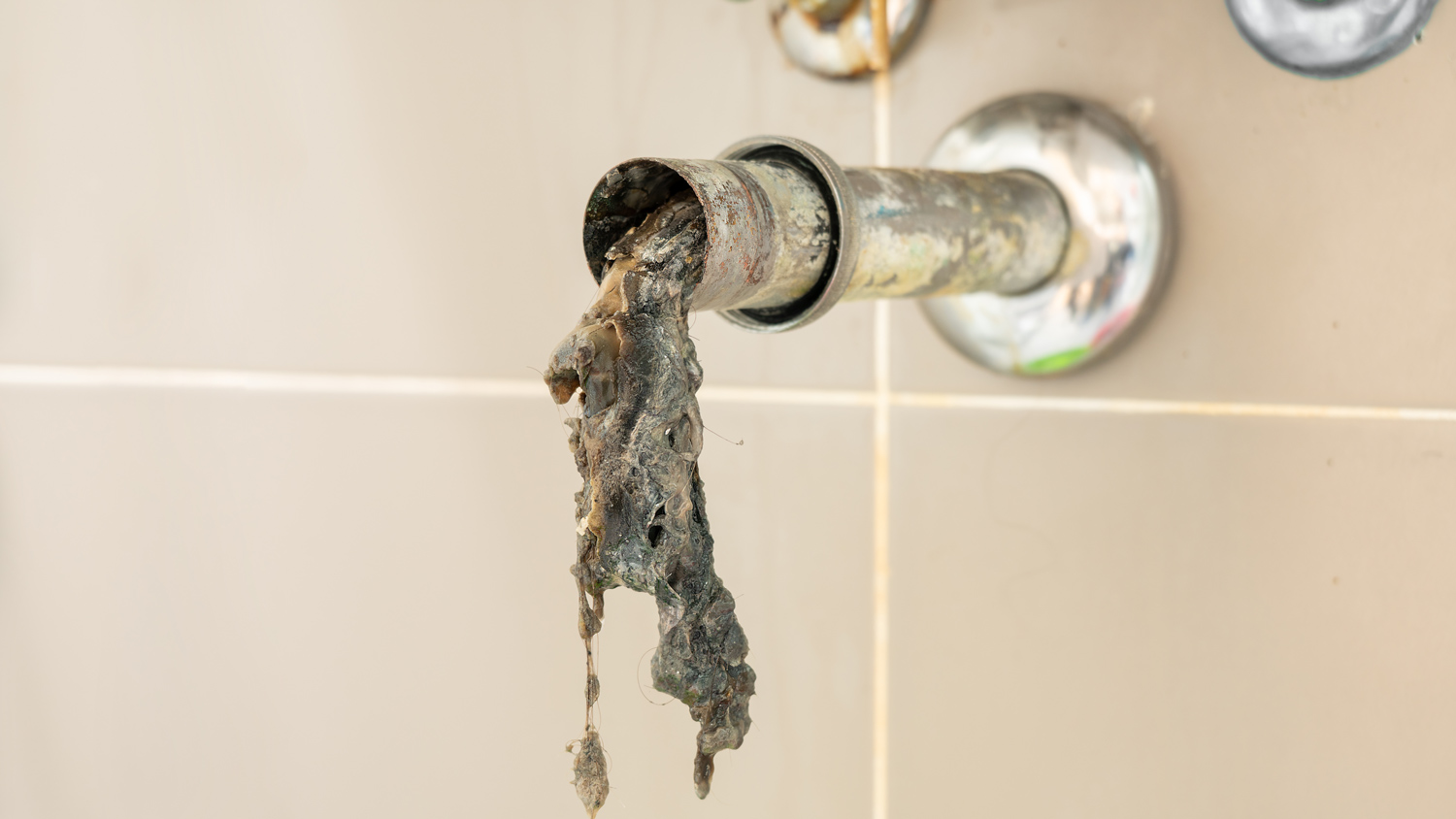
There are many parts in a water softener, most of which come into contact with water at one time or another as it passes through the appliance. Additionally, there are multiple water pipes leading to and from the system. Some of these parts have small water passages and bottlenecks, any of which can fall victim to clogging. A clog in one part of the system often appears as if the whole system is failing.
How to Fix It
As a homeowner and DIYer, you can thoroughly clean out your water softener system, watching for instances of debris clogging any openings. You can often see obstructions when using this method. However, most homeowners in this situation call in a local water softener professional to ensure success in fixing the problem.
4. Malfunction
Water softener clogs aren't unusual, even for high-end systems, and are easy to fix. However, water softeners don't last forever, and they can occasionally break down. System problems with your water softener, such as malfunctioning parts, can look an awful lot like a clogged scenario.
How to Fix It
While handling a salt bridge or other clog in your water softener system can be a simple DIY project, repairing the system when something fails is a job for the experts. If you suspect a problem with your system that's not as simple as a basic clog, hiring a nearby water softener expert is the best course of action. Water softener repair costs between $160 and $975 on average.
When to Call a Pro
Modern water softeners are more than just simple machines. Many of them include specialized electronics that can provide error codes to clue you into what's happening inside the device. While that can be convenient for troubleshooting, it can also complicate the situation. If you discover that your apparent water softener clog requires more than a simple DIY fix, it's time to bring in the pros. Your water softener professional can diagnose and repair almost any condition your appliance finds itself in and can even discuss the eventual repair or replacement decision with you.
Frequently Asked Questions
Flushing a water softener is another way to refer to a thorough cleaning of the system. The process involves several steps, including disconnecting electrical power from the system, physically draining the water and salt from the brine tank, scrubbing away deposits, putting the system back together, and performing a regeneration to clean the resin and resin tank.
Your water softener doesn't have its own water filter. However, many household drinking water systems incorporate filters into the system or at access points. Having a clogged water filter in the household system can make it look as if there's a problem with the water softener. You'll see hard-water spots if the clog is in your softener system. If the problem is a filter issue somewhere else, you could see lower water pressure, foul tastes, or water-borne particles.


